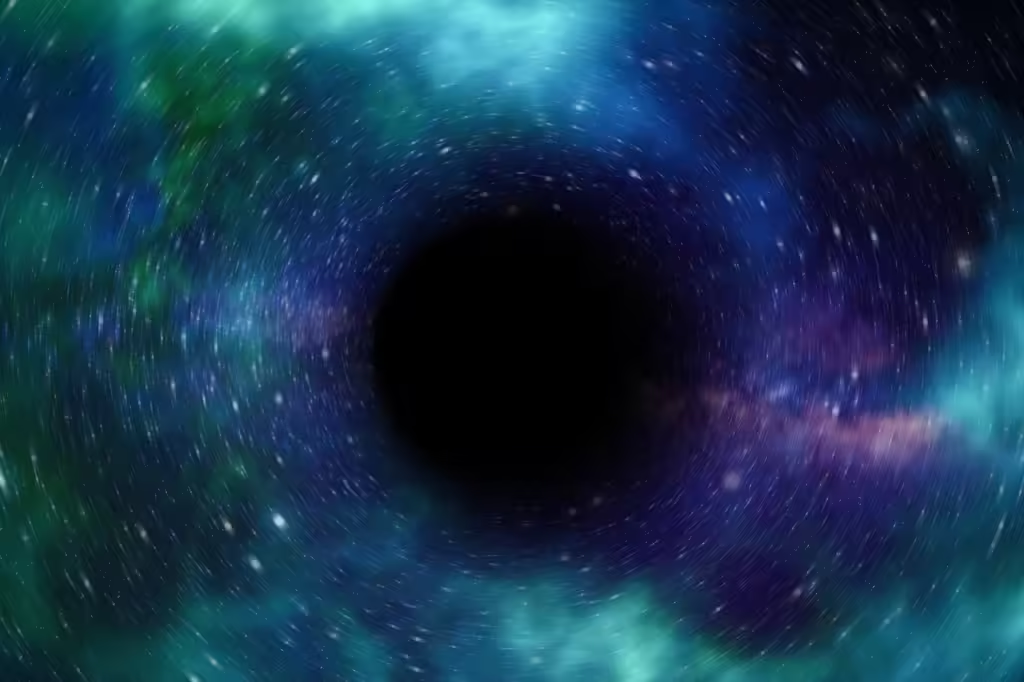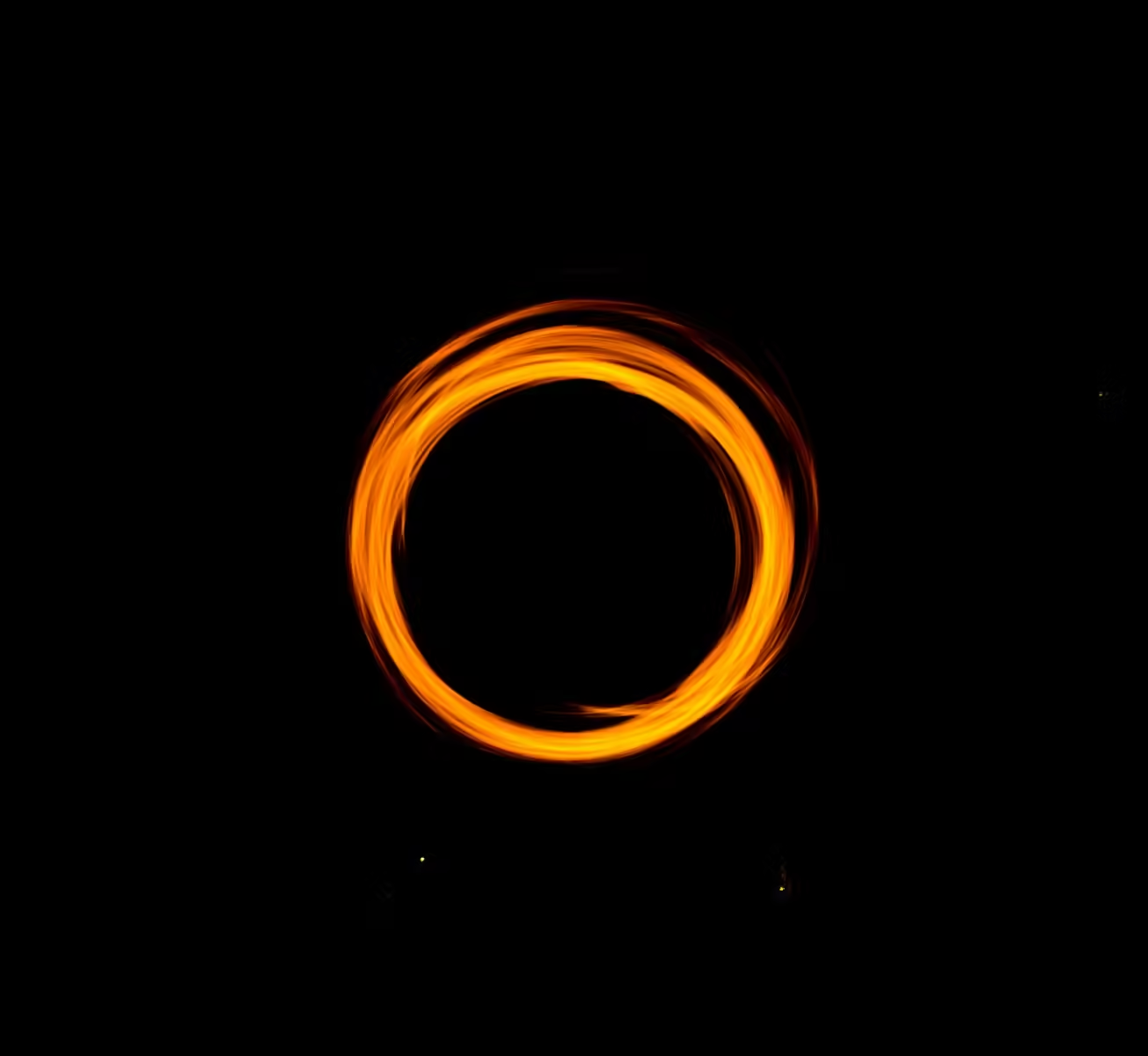Table of Contents
Black holes could be the source of a Russian explosion the magnitude of an atomic bomb.
The cause of a massive explosion that rocked a portion of Russia over a century ago has never been conclusively determined.
However, a few scientists think it might have happened as a result of an extremely close contact with an enigmatic type of black hole.
On June 30, 1980, just after 7 a.m., an incredible explosion took place over the Podkamennaya Tunguska river in what is now modern-day Siberia.
According to the Encyclopaedia Britannica, its force was 1,000 times more potent than the atomic bombs launched on Hiroshima and Nagasaki in 1945. It was estimated to have been equivalent to as much as 15 megatons of TNT.
With an impact audible up to 1,000 kilometers distant, the phenomena leveled an area larger than London, approximately 800 square miles (2,000 square kilometers).

A local farmer named Semyon Semyonov, who resided 70 kilometers to the southeast of the explosion’s epicentre, described what happened to him as follows in 1927: “I sat on the steps of my house facing north.” Abruptly, the northern sky parted, and a fire emerged, engulfing the entire northern region of the firmament.
I experienced extreme heat at this very instant, as if my clothing had caught fire. I wanted to rip my shirt off and discard it, but just then, a strong explosion threw me off the steps.
“My wife rushed out of the house to help me up after I passed out. Then there was a loud banging that sounded like stones falling from the sky.
As fiery trees fell all around them and there were loud roars and brilliant flashes filling the sky, some witnesses claimed to have seen a “second sun” in the sky.
Some reported witnessing a “blindingly bright body of bluish-white color that was flying above for about 10 minutes” and that “looked like a tube” in the settlement of Nizhne-Karelinskoye, some 450 kilometers from the epicentre.
A few days after the accident, the local newspaper Sibir stated, “There was an enormous mass of black smoke and a loud knocking, but not of thunder.”
The buildings were vibrating, and out of a little, dark cloud, a fire of unknown shape was shooting.
“In panic, every villager fled from their homes. Everyone believed that Armageddon had arrived as women sobbed.
The most perplexing part of the entire incident was that no crater was left behind, even though specialists came to the general consensus that the event had to have been caused by an asteroid impact.
In fact, there’s still a lot of disagreement about why there isn’t a huge hole, even though some experts think it created a lake nearby.
The riddle has, of course, given rise to a whole slew of theoretical ideas, the most ridiculous of which is that the blast was brought on by a primordial black hole that passed straight through Earth.
Primordial black holes are the smallest of the three primary forms of black holes.
The most prevalent type, or medium-sized ones, are called “stellar” black holes because they arise from the collapse of a large star’s core inward.
The greatest type, referred to as “supermassive,” are thought to have evolved from the early universe’s collapse of supermassive stars. They can become larger still by absorbing smaller objects or combining with other supermassive black holes.
Furthermore, scientists have not yet discovered concrete evidence that the group’s runts, the primordials, exist today or in the past. As a result, they are totally speculative.
Scientists assume that primordial black holes emerged in the earliest moments following the universe’s creation, according to NASA.
“At that precise moment, heated pockets of material might have been dense enough to generate black holes, which might have had masses as large as 100,000 times that of the Sun or as small as 100,000 times that of a paperclip.
“Then, the conditions for producing black holes in this fashion terminated as the cosmos quickly expanded and cooled.”
Furthermore, even though it’s quite likely that all of the universe’s early black holes disappeared as it got older, some might still be present throughout the cosmos.
Indeed, some scientists have even proposed that tiny primordial black holes, no bigger than an atom, might be inadvertently traveling through Earth every day.
Then, in a 1973 study that was published in the magazine Nature, a group of University of Texas physicists proposed that a larger primordial black hole would have crashed through the globe to trigger the Tunguska event.
The absence of an impact crater and the ethereal blue “tube” that witnesses spoke of may both be explained by a black hole the mass of a huge asteroid, according to the researchers’ theory.
“Most of the radiation from the shock front would be in the vacuum ultraviolet and would be absorbed and reradiated at longer wavelengths,” the authors of the study stated.
“There would be little hard X radiation and the accompanying plasma column would appear deep blue.”
The experts went on to say that the black hole might have created an escape wound on the opposite side of the planet even if it did not leave a crater.
“[The black hole] would enter the Earth, and the rigidity of rock would allow no underground shock wave,” they said.
“The black hole should almost exactly trace a straight line through the Earth due to its tremendous velocity and minimal energy loss during its passage, entering at a point 30° from the horizon and exiting via the North Atlantic in the vicinity of 40°-50 ° N 30°–40° W.
“The entire hypothesis is checked by this exit.”
After that, the authors suggested that studies be conducted to look for ocean disturbances and shockwaves in and around the possible “exit” site.
To sum up, no such evidence has been discovered subsequently, and the mystery surrounding the existence of primordial black holes persists.
As for the Tunguska disaster, you should go back to asteroids if you’d like a more widely accepted, if perhaps more mundane, explanation.
The most widely accepted theory is that, as noted by IFL Science, an asteroid, or meteoroid, around 50 to 80 meters (160 to 262 feet) in diameter, burst into an airburst 10 to 14 kilometers (six to nine miles) above Earth.
The spacecraft, which is estimated to have weighed around 220 million pounds (99 million kilograms), impacted the atmosphere of Earth at a speed of about 54,000 kilometers per hour (33,555 miles per hour) before disintegrating into several fireballs.
The explosion’s abrupt energy release caused a strong shockwave to extend outward, destroying everything in its path.
However, no impact crater was formed because the explosion happened in the atmosphere.
We still lack concrete evidence of the cause of the remarkable event, however, due to the distant location of the tragedy and the limited instrumentation available at the time.
The good news is that, on average, a Tunguska-like catastrophe is only predicted to happen once every century, according to Royal Museums Greenwich.
read also: Why It’s Important to Peel Off Fruit Stickers Carefully 2024
Black holes Black holes Black holes
Atom bomb-sized blast in Russia may have been caused by a black hole (msn.com)


1 thought on “Black holes could be the source of a Russian explosion the magnitude of an atomic bomb.”